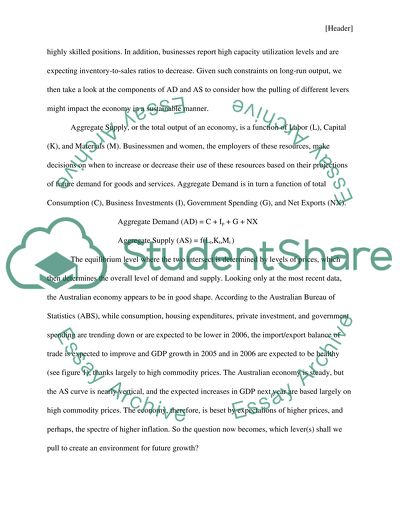Growth and Unemployment in Australia: Developing a Forward-Looking Essay. Retrieved from https://studentshare.org/sociology/1518800-growth-and-unemployment-in-australia-developing-a-forward-looking-economic-policy
Growth and Unemployment in Australia: Developing a Forward-Looking Essay. https://studentshare.org/sociology/1518800-growth-and-unemployment-in-australia-developing-a-forward-looking-economic-policy.


